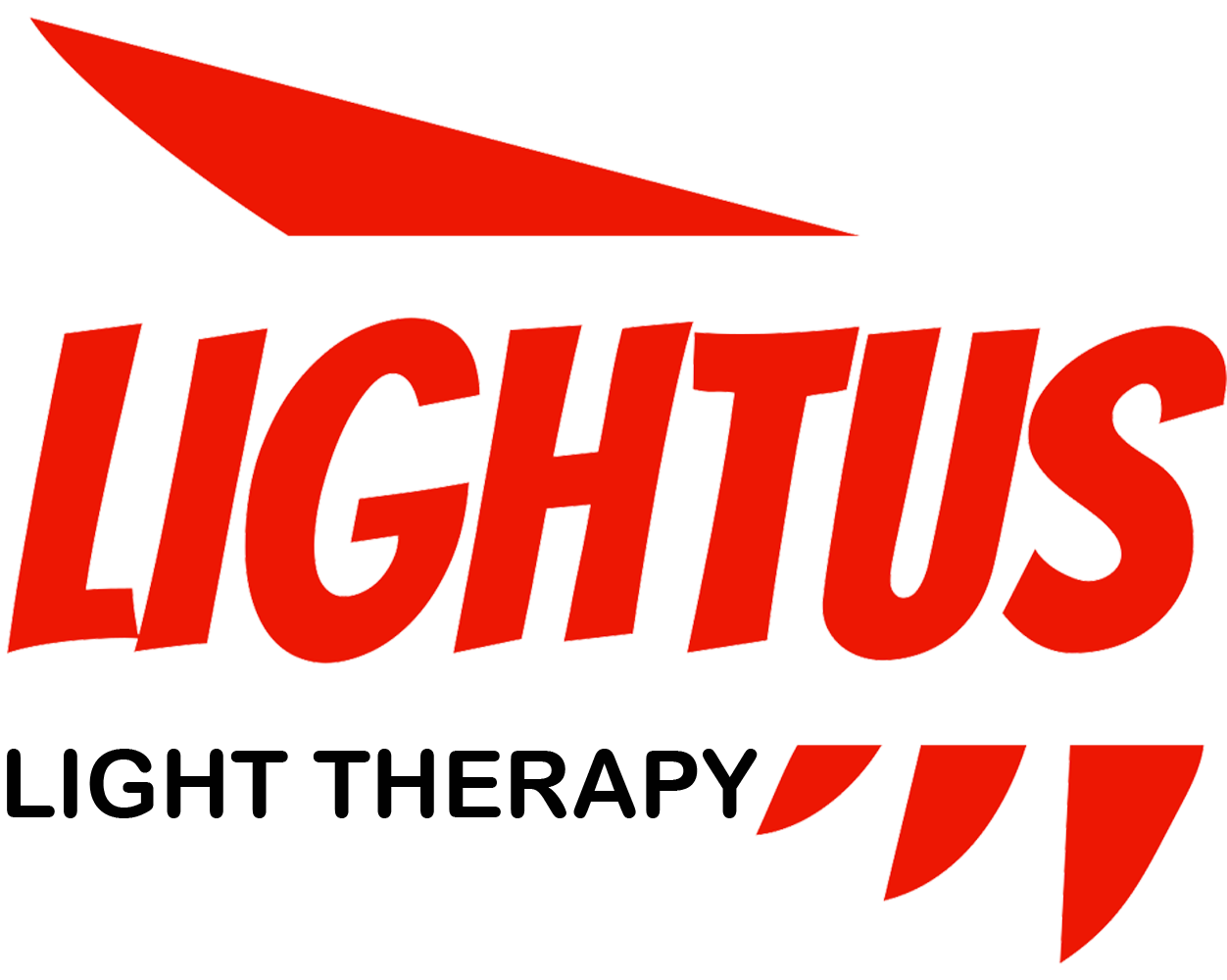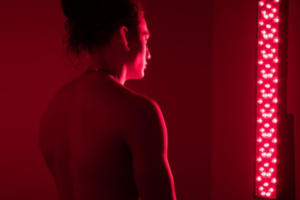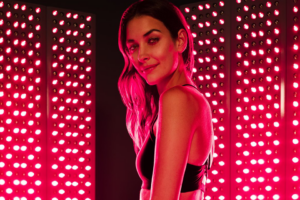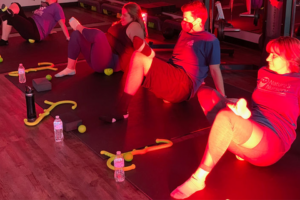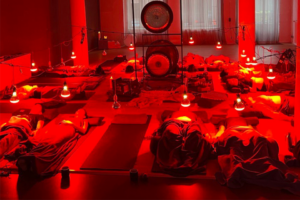The Ultimate Guide to Red Light Therapy at Home: Unleash the Power of Light for Your Health

Red light therapy has been making waves in the health and wellness world, and for good reason. This non-invasive treatment offers a wide range of potential benefits, from improved skin health to pain relief and enhanced athletic performance. In this comprehensive guide, we’ll explore how to use red light therapy at home effectively, its numerous benefits, and everything you need to know to get started on your red light therapy journey.
Table of Contents
What is Red Light Therapy and How Does it Work?
Red light therapy, also known as photobiomodulation or low-level laser therapy, uses specific wavelengths of red and near-infrared light to stimulate cellular function. This treatment exposes the body to low levels of red and near-infrared light, typically between 630-660 nm (red) and 810-850 nm (near-infrared).The science behind red light therapy is fascinating. When these light wavelengths penetrate the skin, they’re absorbed by the mitochondria – the powerhouses of our cells. This absorption may lead to increased energy production and improved cellular function, potentially resulting in various health benefits.It’s important to note that red light therapy does not use ultraviolet (UV) light, which can be harmful to the skin. Instead, it uses visible light in the red spectrum and invisible near-infrared light, both of which are considered safe when used properly.
What Are the Potential Benefits of Red Light Therapy?
Red light therapy has been studied for its potential to address a wide range of health concerns. Some of the most promising benefits include:
- Improved skin health and appearance
- Reduced inflammation and pain
- Enhanced wound healing
- Increased collagen production
- Hair growth stimulation
- Improved muscle recovery
- Better sleep quality
- Mood enhancement
While more research is needed to fully understand the extent of these benefits, many people have reported positive results from using red light therapy consistently.
How Can I Use Red Light Therapy at Home?
Thanks to advancements in technology, it’s now possible to enjoy the benefits of red light therapy in the comfort of your own home. Here are some tips for using red light therapy effectively:
- Choose the right device: Look for a reputable red light therapy device that offers both red and near-infrared wavelengths for maximum benefits.
- Start slow: Begin with short sessions (3-5 minutes) and gradually increase as your body adjusts.
- Be consistent: For best results, use your device regularly – typically 3-5 times per week.
- Target specific areas: Focus the light on areas of concern, such as your face for skin health or sore muscles for pain relief.
- Protect your eyes: Always wear protective eyewear when using red light therapy devices.
- Follow manufacturer instructions: Each device may have specific usage guidelines, so be sure to read and follow them carefully.
What Types of Red Light Therapy Devices Are Available for Home Use?
There are several types of red light therapy devices available for home use, each with its own advantages:
- Handheld devices: These are great for targeting specific areas and are often used for facial treatments or spot treatments on the body.
- Light panels: Larger panels can treat larger areas of the body at once, making them ideal for full-body treatments.
- Light masks: These are specifically designed for facial treatments and are easy to use while relaxing or multitasking.
- Flexible pads: These can be wrapped around joints or other body parts for targeted treatment.
- Red light therapy bulbs: These can be screwed into standard light fixtures for easy, full-body exposure.
For those looking for a comprehensive solution, the Factory Full Body 300 LEDs Red and Infrared LED Light Therapy Devices offer a versatile option for at-home use.
How Long Does it Take to See Results from Red Light Therapy?
The time it takes to see results from red light therapy can vary depending on the condition being treated and the individual’s response. Some people report feeling immediate effects, such as reduced pain or improved skin tone, after just a few sessions. However, for most conditions, it’s recommended to use red light therapy consistently for 4-12 weeks before evaluating results.Remember, consistency is key when it comes to red light therapy. Regular use over time is more likely to produce noticeable benefits than sporadic treatments.
Is Red Light Therapy Safe for At-Home Use?
Red light therapy is generally considered safe for at-home use when proper precautions are taken. Unlike UV light, red and near-infrared light don’t damage the skin or increase the risk of skin cancer. However, there are a few things to keep in mind:
- Always protect your eyes when using red light therapy devices.
- Follow the manufacturer’s instructions for use and duration.
- If you have any pre-existing medical conditions or are taking medications that increase light sensitivity, consult with your doctor before starting red light therapy.
- Avoid looking directly at the light source.

Can Red Light Therapy Help with Acne and Other Skin Concerns?
One of the most popular applications of red light therapy is for skin health. Here’s how it might help with various skin concerns:
- Acne: Red light therapy may help reduce inflammation associated with acne, while blue light can kill acne-causing bacteria. Many devices combine both for maximum effect.
- Wrinkles and fine lines: By stimulating collagen production, red light therapy may help reduce the appearance of wrinkles and fine lines.
- Scars: Some studies suggest that red light therapy can help improve the appearance of scars by promoting skin cell regeneration.
- Rosacea: The anti-inflammatory properties of red light may help reduce redness and inflammation associated with rosacea.
For those interested in targeting facial skin concerns, the 4-in-1 Magic Beauty Skincare Facial Red Light Therapy Wand could be a useful tool.
How Does Red Light Therapy Compare to Other Light Therapies?
While red light therapy is gaining popularity, it’s not the only form of light therapy available. Here’s a quick comparison:
- Blue light therapy: Often used in combination with red light for acne treatment. Blue light targets acne-causing bacteria.
- Green light therapy: May help with pigmentation issues and skin calming.
- Yellow light therapy: Could help with skin rejuvenation and reducing redness.
- Infrared light therapy: Penetrates deeper into the body and is often used for pain relief and muscle recovery.
Many modern devices, like the Premium 300W LED 660nm 850nm Red Infrared Light Therapy for Your Home, combine red and near-infrared light for a more comprehensive treatment.
Are There Any Risks or Side Effects of Red Light Therapy?
While red light therapy is generally considered safe, it’s important to be aware of potential risks and side effects:
- Eye strain: Always use protective eyewear to prevent eye damage.
- Skin irritation: Some people may experience temporary redness or irritation, especially if they have sensitive skin.
- Headaches: In rare cases, users have reported headaches after treatment.
- Overstimulation: Overuse of red light therapy could potentially lead to overstimulation of cells, which is why it’s important to follow recommended treatment times.
If you experience any unusual symptoms, discontinue use and consult with a healthcare professional.
How Can I Get Started with Red Light Therapy at Home?
Ready to give red light therapy a try? Here are some steps to get started:
- Research devices: Look for reputable brands and read reviews from other users.
- Consult with a professional: If you have any health concerns, it’s always best to check with a healthcare provider before starting any new treatment.
- Start small: Begin with a smaller, less expensive device to see how your body responds before investing in a larger system.
- Create a routine: Set aside time in your schedule for regular treatments.
- Be patient: Remember that results may take time, so stick with it consistently for at least a few weeks.
For those looking for a comprehensive solution, the Medical Grade 1080 LEDs Whole Body Red Light Therapy Panel for Athletes offers a professional-grade option for at-home use.
Key Takeaways: Harnessing the Power of Red Light Therapy at Home
To summarize, here are the most important points to remember about using red light therapy at home:
- Red light therapy uses specific wavelengths of light to stimulate cellular function and promote various health benefits.
- Potential benefits include improved skin health, pain relief, enhanced athletic recovery, and more.
- At-home devices make red light therapy more accessible than ever, but consistency is key for best results.
- Start with short sessions and gradually increase as tolerated, always following manufacturer instructions.
- While generally safe, be aware of potential side effects and use protective eyewear during treatments.
- Results may vary and can take time to become noticeable, so patience and consistent use are important.
- Consult with a healthcare professional before starting, especially if you have pre-existing health conditions.
A red light therapy device in use, demonstrating the application of red and near-infrared light for potential health benefits at home.In conclusion, red light therapy offers an exciting, non-invasive approach to addressing various health and wellness concerns from the comfort of your own home. While it’s not a miracle cure, many people have experienced positive results from incorporating red light therapy into their routines. With the right approach, consistency, and realistic expectations, red light therapy could be a valuable addition to your health and wellness toolkit.
